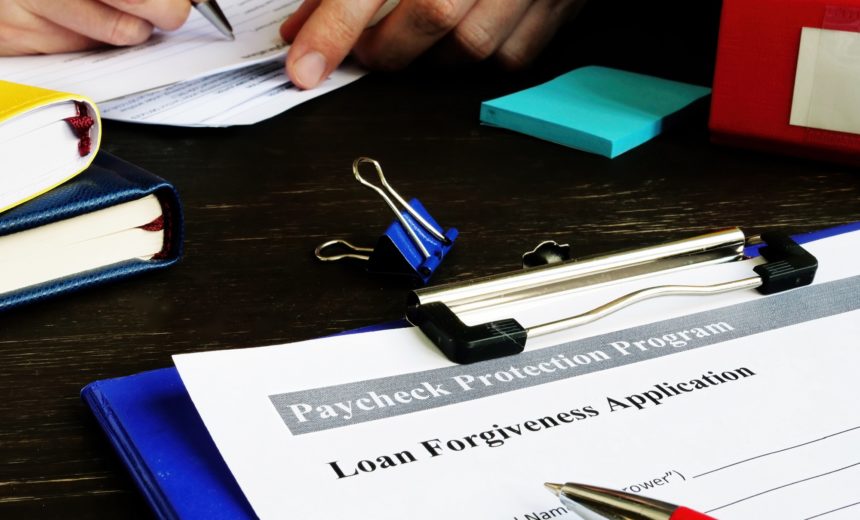The Small Business Administration has issued new interim final rules for the Paycheck Protection Program Flexibility Act in an attempt to make complete loan forgiveness attainable for most borrowers.
One component of the Flexibility Act provides borrowers with a safe harbor from losing loan forgiveness if they reduce their full-time equivalent count because of an inability to return to their pre-COVID-19 level of business activity due to federal regulations or guidance related to the pandemic. The updated rules extend this exemption to include compliance with state and local regulations and guidance.
The updated rules also let borrowers file for loan forgiveness before their 24-week period ends. Any borrowers that do so and have reduced an employee’s salary or wages by more than 25%, however, must account for the excess salary reduction for the full period of up to 24 weeks. The borrowers would have their forgiveness reduced by the amount of the salary cut for the full loan period, according to the new rules.
Borrowers will be required to pay principal and interest if they do not seek loan forgiveness within 10 months of the last coverage period day or if the SBA determines the loan was not eligible for forgiveness.
The SBA’s updated rules also clarified how borrowers can use loan funds if they had an eight-week loan period and extended it to 24 weeks. In the updated rule, the SBA established the following as limits for how much loan funds can be used per employee over the eight- and 24-week periods: The limit per employee is $15,385 within an eight-week period and $46,154 per employee for a 24-week period.



